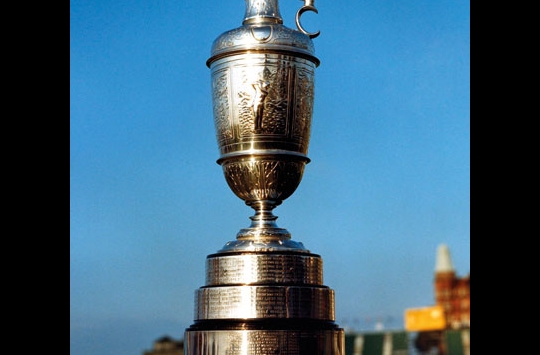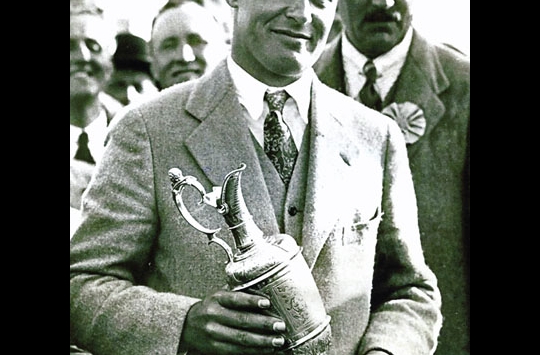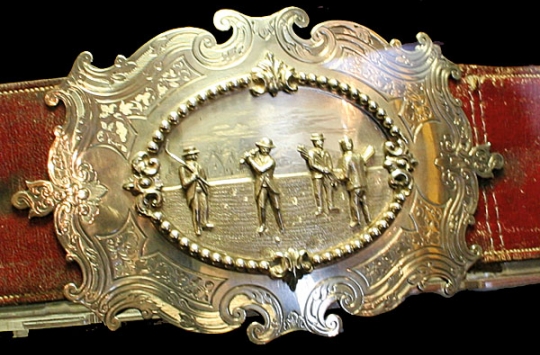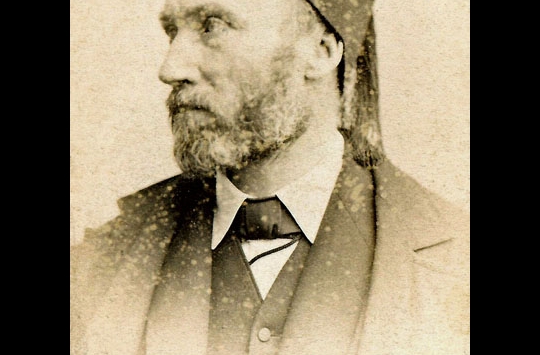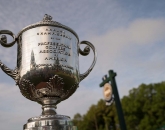Now totally synonymous with golf’s oldest major, the Claret Jug was a relative latecomer in Open terms. The first “General Tournament for Scotland” was played over 36-holes at Prestwick Golf Club on the 17 October, 1860. On offer was an attractive red Morocco leather belt adorned with a large silver buckle and ornately engraved panels. Under the rules it became the permanent property of Young Tom Morris in 1870 after he racked up three consecutive victories.
Left without a winner’s prize to play for in 1871 Prestwick faced an embarrassing dilemma. The original ‘Challenge Belt’ had cost the huge sum of £25 - the equivalent of £100,000 today - and the members proved reluctant to pay for another. Instead they turned for financial help to the R&A and Honourable Company in April that year. The request was greeted with a stony silence and left with no alternative Prestwick was forced to cancel the Open scheduled for mid-October.
There was better news on 11 September, 1872 when a deal was finally struck between the three clubs to host the Open in alternate years at St Andrews, Musselburgh and Prestwick. More significantly, they all agreed to donate £10 each toward the cost of a new trophy with the R&A taking responsibility for its design.
The idea of providing a new Challenge Belt like those given out to bare knuckle boxers of the time was quickly dismissed. Golf was perceived as a game for gentleman and the new trophy must reflect that. In 1857, the R&A had organized a “Grand Invitational Tournament” at St Andrews where the prize for the winning pair was an ornately decorated silver claret jug made by Edinburgh silversmiths Mackay Cunningham & Company. It seemed logical to order another which is exactly what they did.
Not ready in time for the next ‘Open’ at Prestwick in October 1872, the winner, Tom Morris Jnr for a fourth consecutive time was compensated with an oval shaped gold medal with the wording “Golf Champion Trophy” stamped on the rim. It was same title that would adorn the new Open trophy when it made its first appearance 12 months later at St Andrews.
The first recipient of the silver Claret Jug it was an illiterate local caddie named Thomas Kidd. Using local knowledge to carve out a one-stroke victory over Jamie Anderson, Kidd must have looked at the elegant new trophy with mixed emotions. No doubt he would have much preferred the gold medal that Young Tom had received for winning the previous year. At least that way he had something to sell if times got hard!


